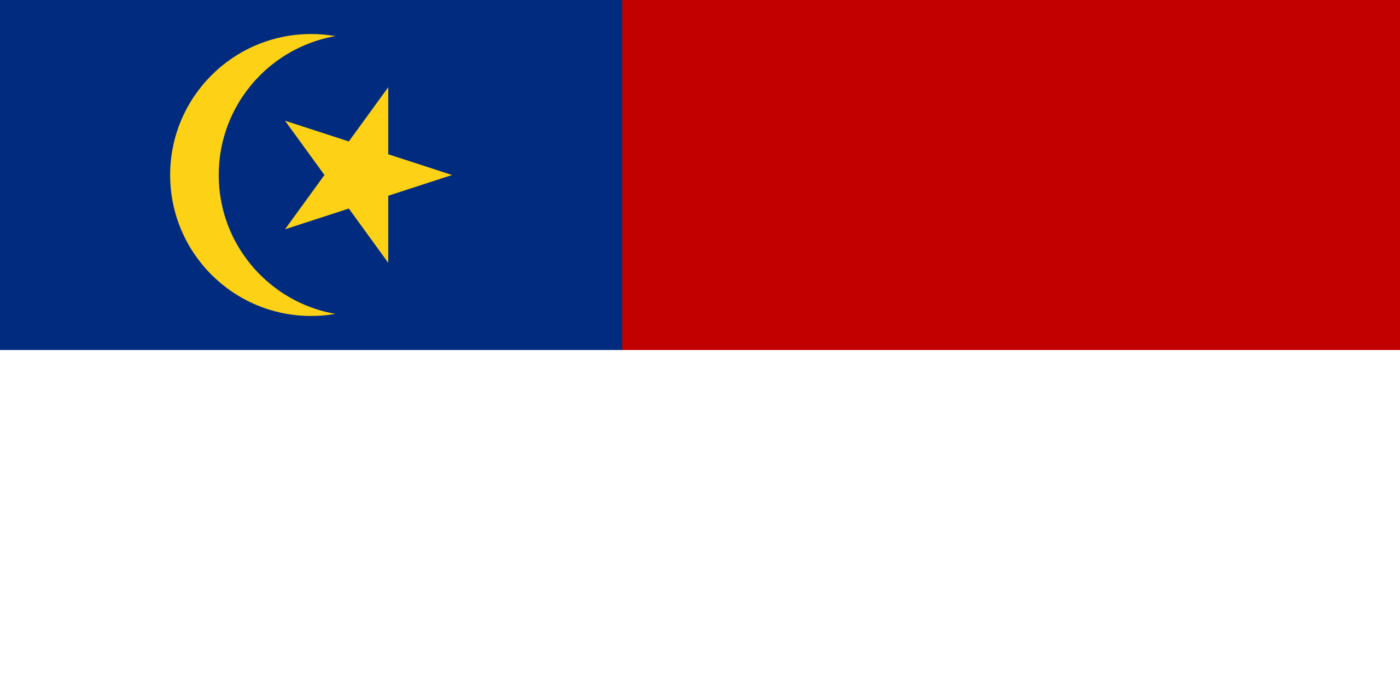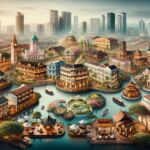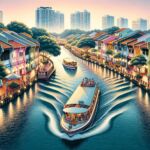Melaka Sultanate
It all started when Parameswara, the Price of Palembang in present day Sumatra, Indonesia who is also the last Raja or King of Temasek, present day Singapore was driven out of Temasek.
Legend has it that when he was searching for new territory along the west coast of Peninsular Malaysia, he rested under a tree near the Bertam River during a hunt and that is when his hunting dogs cornered a mouse deer. In self-defence, the mouse deer kicked his dogs into the river. Impressed by the courage of the deer and taking it as a good omen, Parameswara decided then and there to found an empire on the very spot at the year 1400. He named it Melaka after the tree where he had just taken shelter at, the Melaka tree and he renamed the Bertam River into Melaka River. This is why you will see there’s two mouse deer is the state’s emblem.
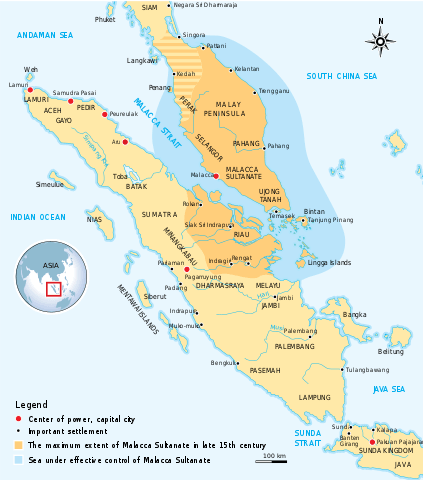
Portuguese
Due to the popularity of Melaka, the Portuguese wanted to take control of it launched attack from their base in Goa, India. In the year 1511, Afonso de Albuquerque successfully captured Melaka and drove out the Sultan of Melaka along his followers.
The Sultan attempt to fight back but none of it succeeded. He died in the year 1528 and left behind two prince. One of the price was
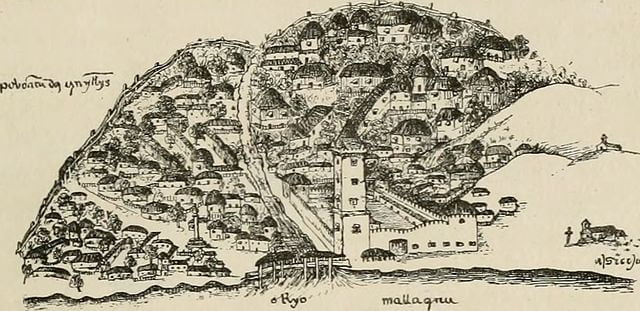
Dutch
Nearly a hundred years later in the 1600s, the Dutch East India Company (VOC – Verenigde Oostindische Compagnie) began contesting Portuguese power in the East. The Dutch wanted to seize Melaka from the Portuguese and after many attempts, in 1641 they’ve finally wrested Melaka from the Portuguese with the help of local allies like the Sultanate of Johor.
The Dutch ruled Melaka for more than 180 years (from 1641 to 1824) but they were not interested in developing it as a trading centre, placing greater importance on Batavia (present day Jakarta in Indonesia) as their administrative centre.
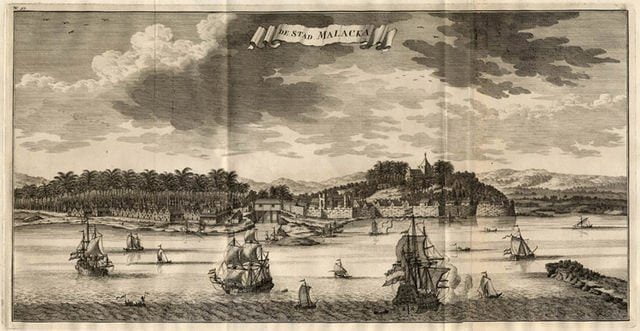
British
Melaka was handed over to the British in 1824 after the Anglo-Dutch Treaty of 1824. The British united Melaka, Penang and Singapore into a single administration called the Straits Settlements. The British controlled Melaka for more than 130 years until 1957 when we were granted Independence as part of the Federation of Malaya and later Malaysia.
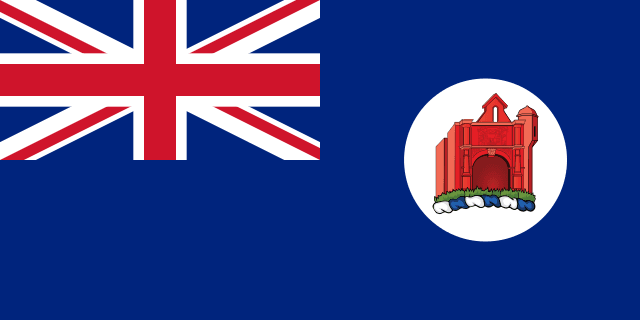
Japanese
Melaka fell to the Empire of Japan during World War II from 1942 to 1945 and reverted to British rule after the Japanese surrender.
Malaysia
Melaka continued to be a thriving port city after it was granted independence with Malaya in 1957 and later Malaysia in 1963. It was designated a UNESCO World Heritage Site in 2008 for its well-preserved historic city center, which is a mix of Malay, Chinese, and Portuguese influences. Today, Melaka is a popular tourist destination, known for its historical landmarks, delicious food and vibrant culture.
